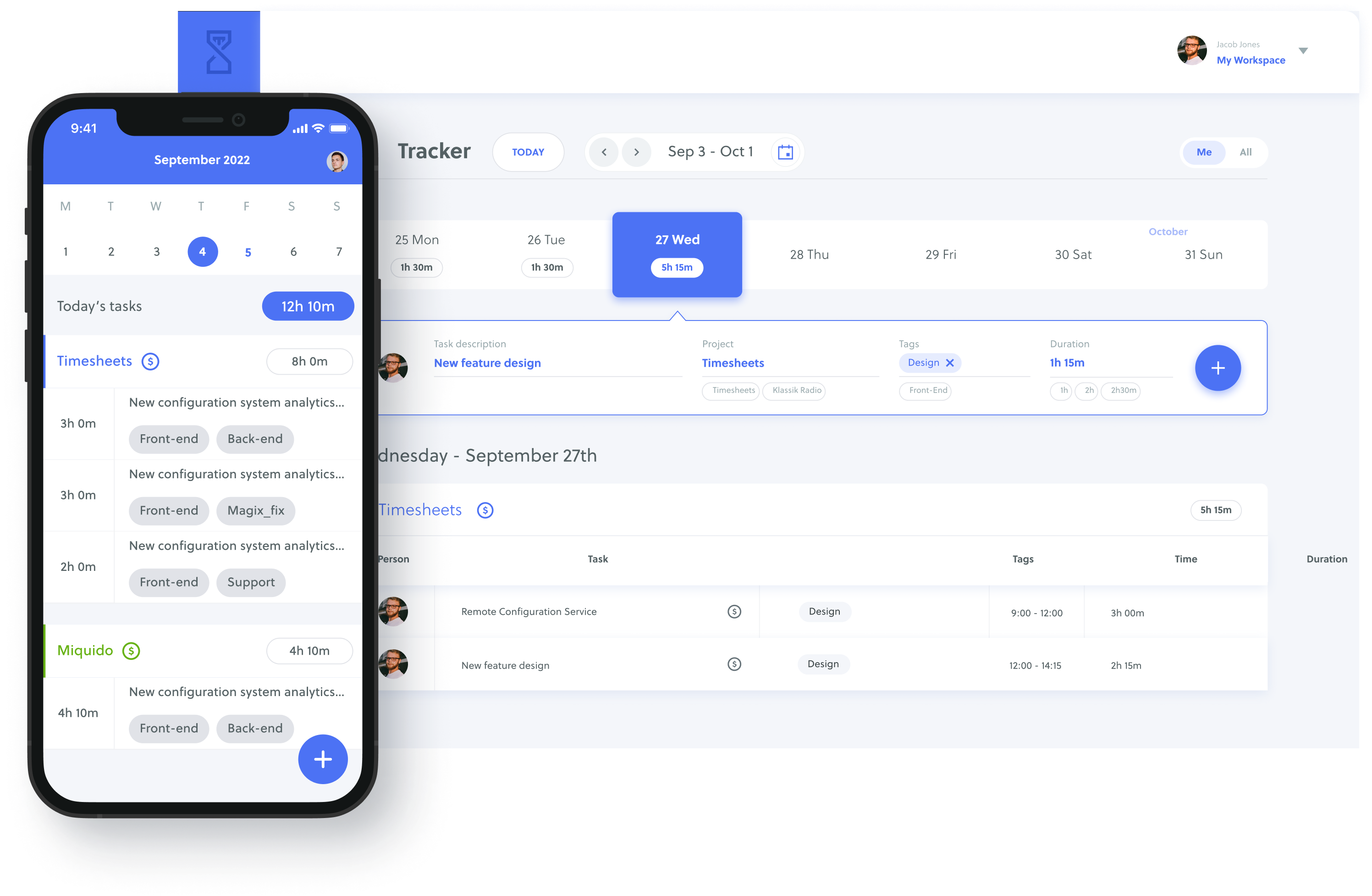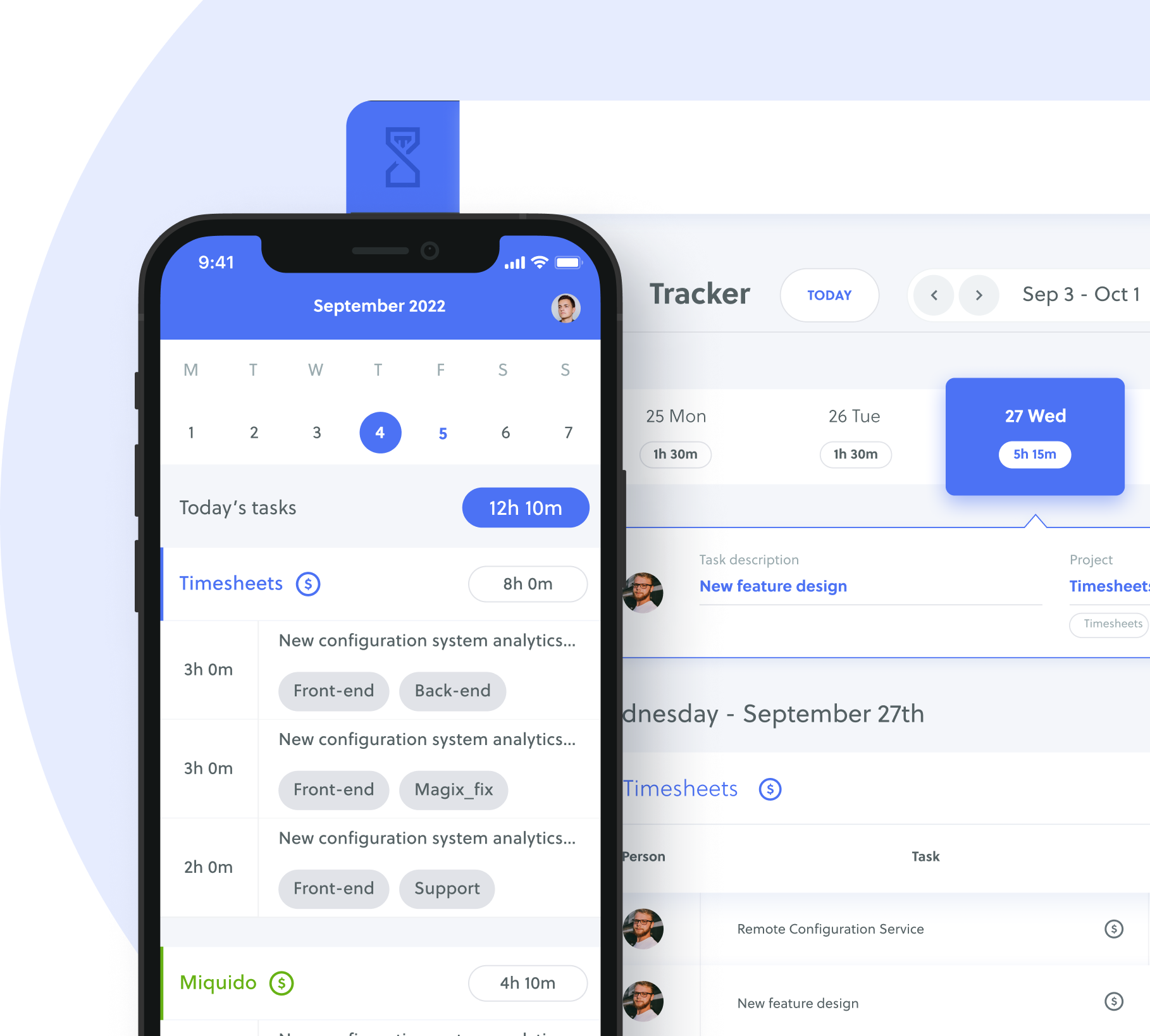A project delay is a significant problem that can cause you to go over budget, miss deadlines, and even ruin the entire project. Sometimes, these can’t be avoided. But if you encounter one, you must understand how to communicate with your team, customers, and stakeholders, to overcome this issue and achieve satisfaction across the board.
Expect, and unexpected delays occur in all industries. According to Project Smart, around 90% of all projects finish late. Therefore, learning how to avoid this and ensuring you proceed forward is essential.
However, before learning this, you must understand the causes and consequences of these issues.
Table of Contents
What Causes Project Delays?
Delays can happen from all entities involved in the project. These include but are not limited to the following:
- Customers – A customer might change plans or ideas.
- Team members – In-house team members could run into issues with a particular project area requiring more time to solve.
- Third-party factors – Many third-party factors can contribute to delays, such as deliveries requiring extra time or essential equipment breaking.
- Unforeseen circumstances – Weather, pandemics, and much more could also present delays.
If we had to categorize delays, we’d suggest these four factors. But the latest survey by the Project Management Institute (PMI) broke this down in more detail.
In the below table, respondents could select up to three answers. The diagram showcases the distribution of the most common answers.
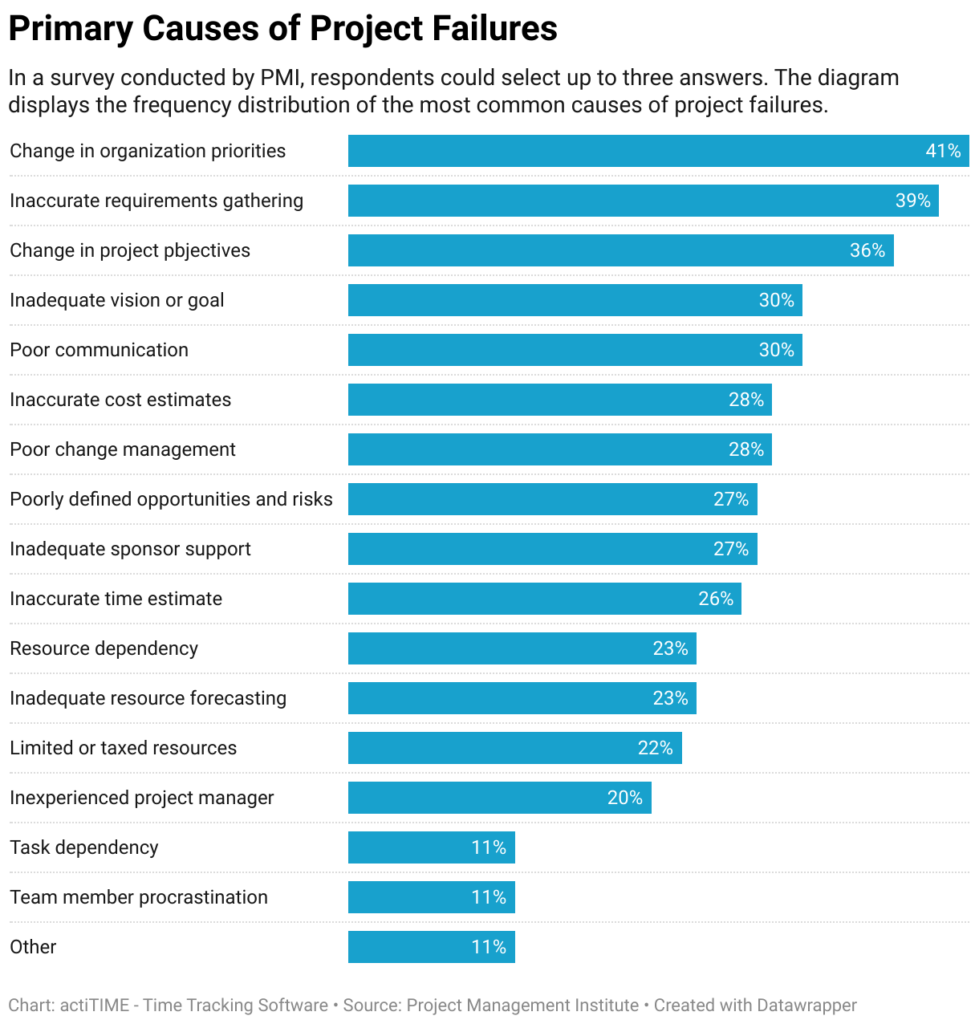
Consequences of Delays in Projects
As seen, project delays can occur from practically anything, internally or externally. Despite this, the problems that can occur because of a delay are substantial.
Undoubtedly, it would help if you tried to avoid these at all costs. However, if you’re unable to achieve this, the following could happen:
- It jeopardizes your company’s reputation.
- The project’s finances can be severely impacted.
- When a project is delayed, resources are wasted, and more costs occur.
- The entire project is affected if setbacks are not anticipated during the planning stage.
- If you postpone project delivery, all other projects will follow suit.
These impacts can make project management progressively worse. If you’re delayed in one area, it has a snowball-like effect. When the issue isn’t solved, it slowly gets worse daily.
Because of this, you must learn how to avoid and control delayed projects. To discover how this is possible, we’ll detail some must-know tips.
9 Ways to Avoid Project Delays
You need to remain professional and calm when presented with a potential delay. It’s far too easy to become stressed, angry, and frustrated. But this will only make the situation worse.
Ideally, you need to think and devise a plan that’ll help you progress the project forward. There are many ways of achieving this, but we recommend implementing the below tips:
- Set realistic goals and expectations
Whatever you do, you must define realistic and achievable project goals for a project. Each of these aspects will aid in reducing project delays.
Meet with the right people to develop a strategy that addresses these objectives. Be truthful to yourself while doing so. Evaluate what needs completing and develop realistic targets that’ll help you, your team, clients, and stakeholders understand the steps of the project.
Ideally, you should under-promise and then over-deliver in this situation. This will allow you to provide a more satisfactory experience while reducing delays further.
For these goals to be effective, try to set milestones. These will enable you to create a timeframe and structure to monitor and optimize when needed. For instance:
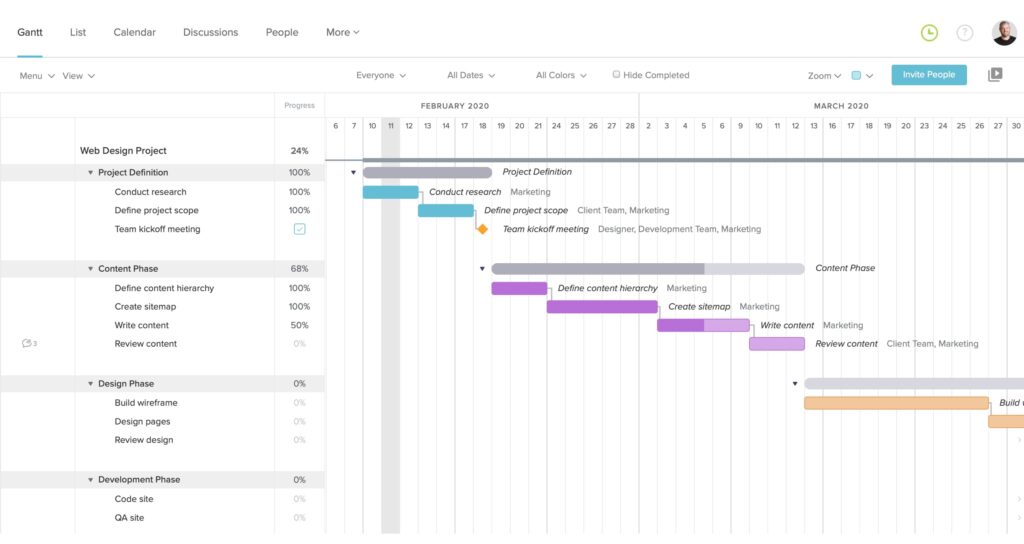
Having a milestone-set timeframe like the above allows you to track progress while understanding the following steps required to complete a project.
- Capacity plan with real data
Another way to reduce project delays is by conducting capacity planning. If you’ve discovered that you’ve underestimated the number of employees required halfway through the project, it’ll cause a delay.
You don’t want to fall into this situation. Therefore, accurately capacity plan with reliable, resourceful data. Ideally, this capacity plan should help discover the following:
- How many resources you have that can work
- Identification of the type of work that those resources can accomplish in a given timeframe
- Whether you need additional resources to complete the project
Consider the following example. Let’s say that you’ve made an informed assumption that your team will be able to complete the project in 200 hours. In this situation, you need precise and trustworthy data that can get utilized to understand the project’s timeframe. You can accurately manage the project this way if you have the necessary information.
- Calculate individual capacity
When calculating this capacity, you should reach around 70-80% with the project team. We don’t schedule workers 100% because the extra 20-30% is there to avoid project delays in the case of unfortunate events.
With an accurate data resource, you’ll want to discover how many workers are required for the project. For instance, let’s suggest you have a project that needs 100 hours of senior-level engineers. In that case, you’ll want to discover what team members have this time available and take 20-30% off their availability.
For example, suppose you have two senior-level engineers working 40 hours a week. In that circumstance, you’ll reduce this number to 28-32 available hours a week per engineer. As a result, the project should take between 1.7 and 1.5 weeks. Having a figure like this is excellent, as you’ll typically deliver before the deadline if they work at 100% capacity.
- Gather adequate resources
To avoid project delays, you must keep track of your milestones and completion date. If you’re ever in a situation when you’re falling behind, acquiring adequate resources to keep you up with speed is beneficial.
You could have your whole workforce on a project. However, if this isn’t strong enough, delays can occur. To mitigate this risk, outsourcing resources will help achieve the project’s delivery time.
Firstly, you need to understand who’s currently working on the project and where the delays can appear. Once you have a strong idea of this, you can discover resources to help increase the project’s pace.
Be open to using additional equipment and outsourcing workers. For instance, if your team is struggling to complete an engineering project because of a lack of experience in that region, hire somebody that can help. Likewise, if your team hasn’t got the right equipment for the job, purchase it to maintain the project’s speed.
- Consider an agile approach
Elaborating on the outsourcing idea, you should use an agile methodology approach. In the IT industry, 76% of businesses use an agile technique because of its ability to hire fast, reliable, and affordable. However, variations of this recruitment technique can get implemented in all industries to avoid project delays.
When you hire in an agile way, you recruit a business to help with your project. In these organizations, they’ll be an umbrella of trained professionals for your particular industry that have already been vetted. Therefore, you get everyone required to complete the project instead of recruiting individual candidates.
You’d want to choose an external business if you’ve discovered that there aren’t enough in-house workers or expertise. After discovering your required capacity, you can reach out to an agile business and devise a plan to complete your project on time.
- Communicate frequently and regularly
Additionally, you’ll want to stay in communication frequently and regularly to reduce project delays. This communication should include your team, clients, stakeholders, and third-party members, such as suppliers. When you improve communication, productivity also increases:
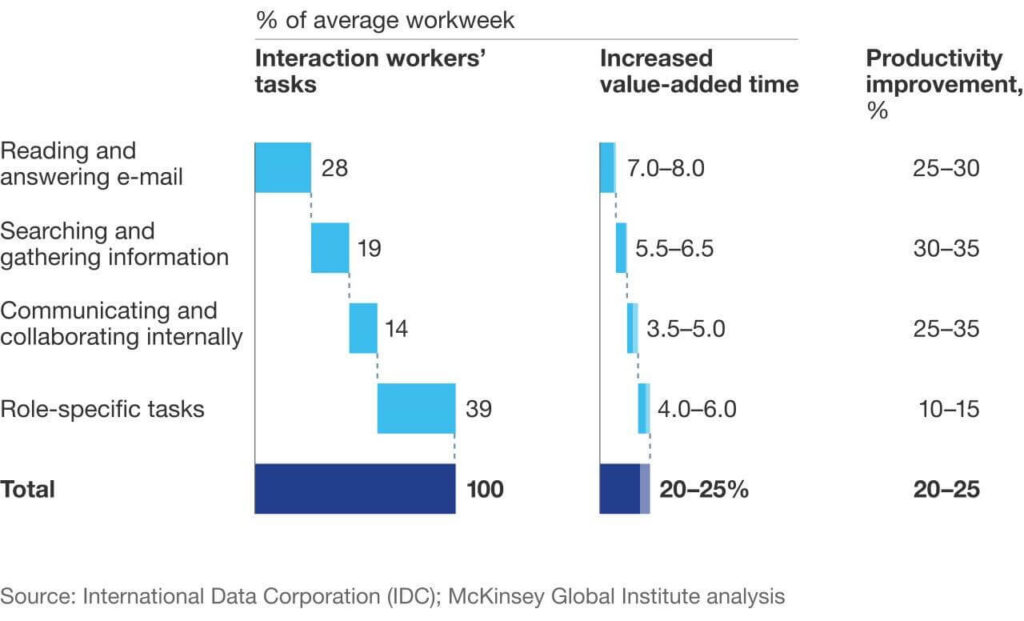
During a project, times are stressful and busy. However, it would help if you never forgot about the power of communication. When this starts slipping away during a project, problems can start developing.
There are several signs of good and well-established communication during projects. These consist of the following:
- Everyone on the team is willing to talk.
- Meetings are carefully planned and extensively documented.
- The customer and all team members are fully aware of the objectives.
- All task-related information is gathered in an intelligible and concise manner.
- Two task-tracking fields are available: one for the team and one for the client.
If you’ve experienced project delays, yet your team includes the above, you don’t need to focus on communication. But if this isn’t the case, you must re-evaluate your strategy.
When improving communication, it’s straightforward – communicate! Start introducing daily meetings, regular calls, and much more. However, ensure these are productive and aren’t taking time away from important team players.
- Performance measurement and time tracking
Only 17% of people track their time. However, project delays happen because of poor planning, measuring, and time tracking. If you concisely developed this at the beginning of the project, no delays would occur. For this reason, you need to think about this essential metric carefully and collect data to establish a project schedule and completion date at the beginning of the process.
A project manager determines a project’s success by completing realistic goals and delivery times. If a delay has occurred, something has gone wrong in this realm. However, collecting the correct, reliable data at the beginning of the project can help avoid this.
Delays occur from performance measurement and time tracking because you’ve probably used outdated data that isn’t reliable when setting goals and expectations.
- Simplify what’s hard and automate what’s easy
As a PM, you have an overview of the project like no other. Having this ability is particularly important for this next tip. Because you have a somewhat birds-eye view of the project, it helps you identify weaknesses, reducing project delays.
You want to use these weaknesses and use them to your advantage. For instance, let’s say you’re removing concrete. The removal rate is slow if all your workers have sledgehammers and pickaxes. However, equip them with jackhammers, and the project’s speed increases dramatically.
This is only one broad example, but it can get used everywhere, from hiring better-trained individuals, good quality equipment, improved processes, and much more.
Undoubtedly, during projects, time is limited. Therefore, while simplifying what’s hard, involve automation in the mix. Around 60% of all occupations can be automated. Even automating the smaller tasks can help save 5, 10, and 30 minutes daily.
- Identify opportunities for improvement
Finally, during a project, examine your data to identify areas for improvement. The first step is to determine how you’ll approach this, what’s wrong with this approach, and how it will be resolved. You may even wish to look for previous, successful project data to assist you at this step.
You can then take action based on this information. Begin by devising and implementing a strategy to address these concerns. Because you don’t want to experience a project delay, time is of the essence.
All the above tips can be used to develop a project scope that is realistic and reliable. When you include all of these tips, you can present clients, teams, and stakeholders with an accurate project timeline that won’t experience delays. When this happens, satisfaction is increased across the board, making the project much more enjoyable.
What to Do When a Project Gets Delayed?
Unexpected delays will occur regardless of how effectively your project strategy and execution are done. Team members become ill, suppliers fail to meet deadlines, and clients alter project requirements. These factors are beyond your control, but you can choose how to handle delays. Here’s what you should do.
- Hold a meeting
Immediately as it becomes clear that you have project delays, have a meeting with your team to plan. Something must be sacrificed at this point. Usually, this is either of the following.
- Time – This will need to be extended.
- Money – More will need to get spent.
- Project deliverables – Plans and contracts must change.
First, estimate how it will take to complete the project with the disruption and how much it will cost. Get a summary of how the delay will affect your budget.
Determine what your team is capable of delivering on time and on budget. Once the team has determined what is feasible, update your stakeholders with these options, as their engagement is the most valuable PM process.
- Start prioritizing tasks
Once you’ve had this meeting and the plan has been adjusted, you need to start prioritizing tasks to reach these new targets. One of the best methods for achieving this is determining the most important, creating a plan for solving it and getting all the required resources.
Think carefully when prioritizing tasks. When experiencing project delays, time is limited. Therefore, you must think efficiently and determine the best approach to resolve your setbacks.
Hold a team meeting and explore different ideas. Depending on your plans, you might want to consider getting additional experts involved, better equipment, or a new approach that’ll help complete tasks quicker.
- Establish new project deadlines
Established new deadlines for all tasks and milestones in your project plan if changing the closing date is really the best option for your project. As previously noted, ensure that the new deadlines are reasonable and accepted by all parties involved.
When establishing new project deadlines, use accurate data. As mentioned above, you should obtain this information from a reliable source and use the 70-80% capacity rule. This will reduce the occurrence of a delay appearing again. And, of course, a delay on the delay isn’t a good image.
- Improve communication
Poor communication costs US workplaces $1.2 trill yearly. From this information, we can suggest communication plays a huge role in success. Therefore, when getting a project back on track or delivered on the new, established delivery date, keep your staff updated on any delays, plans, or changes in customer expectations. Every person on the team must be able to know when tasks are expected and what significant deadlines are approaching.
Additionally, you need to perform the same level of communication with your clients. Delays could set them back in other projects. Therefore, communicate with them with a promising plan so they understand how they can re-plan their business activities from your delay.
How to Inform Clients About Project Delay?
As established above, it doesn’t matter how good of a PM you are; project delays can occur. However, what you can control is how you respond to the issue.
70% of projects fail, and you don’t want to add to this statistic. Though there are many ways to approach how we inform clients, we strongly recommend following the steps below.
- Speak with stakeholders – Don’t wait until a situation escalates to bring it up. Inform stakeholders immediately when you’re aware of a potential delay. Waiting too long gives the impression that you’re not in control of the project. Even if you’re confident you’ll recover, it’s critical to indicate that you may be delayed.
- Stay positive and don’t stress – Always maintain a pleasant attitude when giving devastating news. It’s easier to get terrible news from someone that’s cheerful. The same holds true for reporting project delays. When you tell someone of a potential setback, remain optimistic about the project’s progress. Your belief in the future of your project contributes to their belief in you.
- Prepare an efficient solution – Avoid the urge to defend whatever went wrong while communicating a delay. It may appear like you are trying to make excuses rather than addressing the issue. While you must offer some context and be prepared to answer inquiries about what happened, the solution is far more essential. Prepare to discuss how you’re getting back on track.
- Don’t blame anyone – Finger-pointing and blaming benefit no one. They also make you appear in a bad light, even if it isn’t your fault. Factors outside your control delay most projects. It doesn’t matter who is to blame, nor how you would have avoided this dilemma if you could go back in time. You can’t go back in time, so look ahead.
3 Helpful Tools to Minimize the Risk of Project Delays
Everyone approaches project management differently. Some people like to keep track of tasks in their inboxes. Others choose to visualize work on a Kanban board or calendar format, while some still use pen and paper.
On an individual level, that’s fine. However, it’s essential to use tools that all team members can use efficiently. There are many options available, but the following three are our favorites:
- Slack – This is a business chat platform that links individuals to the information they require. Slack provides the most effective communication throughout a business by bringing individuals together to work as one complete team. You may message each other, send files, and do much more here.
- ClickUp – Another tool we recommend that’ll reduce project delays is ClickUp. It’s a straightforward and free project management application with 11 various task views, including Gantt charts and mind maps. The platform aims to allow project managers to visually view a plan, milestones, how it will evolve, and so on.
- Quidlo Timesheets – Above, we discussed how important keeping track of time is for project management. With our timesheets platform, you can track, report, manage, and use time-based data to your advantage.
Online, there are many different project management-based tools. Depending on your industry or project style, one might benefit you more than another. However, the above three are highly recommended for all projects.
With these options, you can communicate, plan, and manage. When managing a project, these are three vital areas to avoiding project delays. Therefore, using these platforms can reduce the occurrence of these and make you and your team flourish during a project.
Final Thoughts
After reading the above, you should understand how to avoid and manage project delays. Undoubtedly, it’s something we all want to avoid. Though it’d be excellent to remove the possibilities completely, there are too many entities involved that could cause a delay.
However, this doesn’t mean we cannot mitigate and reduce the risk of delays. By following the guidance above, you can have more thorough plans, approaches, and performance, reducing the chances of setbacks. One of the most significant ways of eliminating this is by using time-based data. To obtain and utilize this information, consider using our timesheet tool today.






